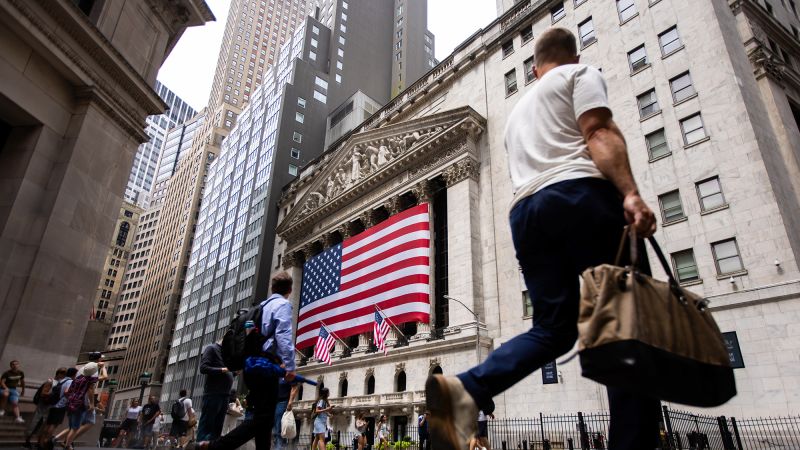The week begins with considerable tension on Wall Street as traders eagerly anticipate significant announcements regarding the tariff strategies implemented by the administration of President Donald Trump. As the financial markets opened on Monday, U.S. stocks took a hit, with the Dow Jones Industrial Average reporting a decline of 220 points, a dip of 0.49%. The S&P 500 index mirrored this trend, falling by 0.4%, and the technologically focused Nasdaq Composite experienced a more marked decrease of 0.6%. This downturn reflects the uncertainty that envelopes the market as it braces itself for potential changes in trade policies.
Investors faced a challenging environment as they processed the information regarding upcoming tariff announcements. The situation intensified when President Trump revealed that “tariff letters” would be dispatched to various countries at noon on Monday. The administration’s strategy has been characterized by its fluctuating nature, and Trump indicated that the letters would elaborate on newly adjusted tariff rates, effective August 1. This announcement underscores the lingering apprehension among traders about how these tariff assessments will shape market dynamics and international trade relations.
Recent weeks had seen a mild rally in U.S. stocks, fueled by a growing belief that the worst may have passed regarding tariff-related confusions. As July 9 approaches, marking a self-imposed deadline for trade negotiations that kicked off a previous 90-day pause started on April 9, Wall Street appears cautiously optimistic. However, Mohit Kumar, who serves as chief strategist and economist for Europe at Jefferies, has communicated that he does not anticipate the July deadline to significantly sway market behavior. He stresses that although the impending announcements may induce temporary uncertainty and prompt profit-taking among traders, they are designed to encourage other nations to expedite trade agreements.
Kumar identified present stock dips as potential opportunities for investors, especially with the S&P 500 achieving four record highs since June 27, bolstered by stronger-than-expected economic data. This resurgence of investor confidence suggests that fears surrounding the initial phases of Trump’s tariffs are being allayed. Brian Belski, chief investment strategist at BMO Capital Markets, reaffirmed this bullish sentiment, highlighting that recent data trends, including lower-than-expected Consumer Price Index (CPI) figures, imply that the anticipated impact of the tariffs may not be as severe as initially thought.
Despite this optimism, some experts, such as Scott Wren of Wells Fargo Investment Institute, caution against complacency. Wren critiques the overall market sentiment, believing that there may be an oversaturation of optimism regarding the tariff scenario. He voices concerns that the anticipated stabilization of tariff rates could lead to an economic slowdown, potentially dampening consumer spending. Wren’s strategy, which involves trimming down positions in overvalued sectors, reflects a more conservative outlook amid a seemingly bullish market atmosphere.
Moreover, the administration’s announcement of an additional 10% tariff on countries associated with BRICS—Brazil, Russia, India, China, and South Africa—adds another layer of complexity to the financial landscape. In response to these developments, prices for gold dropped by 0.8% as investors sought to move away from traditionally safe investments toward equities. Concurrently, the U.S. dollar index registered a slight increase, indicative of its strength against other major currencies.
As of the latest reports, while the S&P 500 and Nasdaq have reached historic highs, the Dow remains a few hundred points short of achieving its all-time peak. Jim Baird, chief investment officer at Plante Moran Financial Advisors, succinctly summarized the current market climate by emphasizing its fluidity and the potential for rapid changes. As this story develops, stakeholders are motivated to remain vigilant and adaptive in the face of inevitable market shifts, keeping a keen eye on the outcomes of the forthcoming trade announcements.
Overall, with monumental events set to unfold in the coming days, Wall Street gears up for what could be a pivotal moment in the ongoing dialogue about tariffs and international trade, with implications that may reverberate for some time to come.











